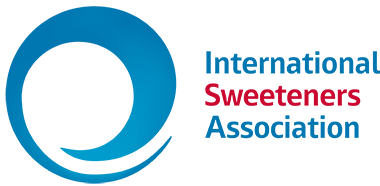Abstract
This research investigated the intakes of six intense sweeteners; acesulfame-K (E950), aspartame (E951), cyclamate (E952), saccharin (E954), sucralose (E955) and steviol glycosides (E960) in the diets of Irish adults, using data from the National Adult Nutrition Survey (NANS). A food label survey which included products currently available on the Irish market supplemented the analysis. Sweetener intakes were investigated using three different exposure scenarios; beginning with a crude assessment which assumed that all foods permitted to contain the additives of interest always did contain them, and at their maximum permitted level (Tier 1). Refined assessments estimated intakes of the six sweeteners using food consumption data up to brand level with additive occurrence data from a survey of products currently available on the Irish market (Tier 2) and sweetener concentration data (Tier 3). Results of all exposure assessment scenarios demonstrate that intakes of each of the sweeteners of interest by the total population were below the relevant acceptable daily intake (ADI) level (mg kg?1bodyweight?1), even by high consumers (P99). The three sweeteners consumed in highest amounts were acesulfame-k, aspartame and sucralose. The main sources of these sweeteners in the diet were ‘cider and perry’, ‘energy reduced and no added sugar (ER and NAS) carbonated flavoured drinks’, ‘table top-sweeteners’, ‘dairy products’, ‘solid food supplements’ and ‘sauces’. Intakes of the six intense sweeteners are currently not a concern among Irish adults. However, exposure to these chemicals should be monitored on a regular basis due to evolving market and consumption patterns.
Summary
Consistent with findings of studies in other European populations, this research confirms that the intakes of six commonly used intense sweeteners, which include aspartame, acesulfame-K, sucralose, cyclamate, saccharin and steviol glycosides, are all well below their relevant Acceptable Daily Intake (ADI) for the Irish adult population. These findings are of particular importance as it adds to the current evidence showing that there is no risk even for high consumers of low calorie sweeteners to exceed the ADI. Indeed, this outcome is in line with findings of other studies that have recently been conducted in Belgium and Italy, as well as with outcomes of studies in children.
In all types of exposure assessments, from a crude assessment which assumed that all foods permitted to contain the sweeteners of interest always did contain them at their maximum permitted level, to more refined assessments using food consumption data and sweetener concentration data that provide a clearer picture of the true exposure, the intakes of the six intense sweeteners were well below the ADI, which represents the amount of low calorie sweetener that can be safely consumed on a daily basis throughout a person’s lifetime without any health problems.

